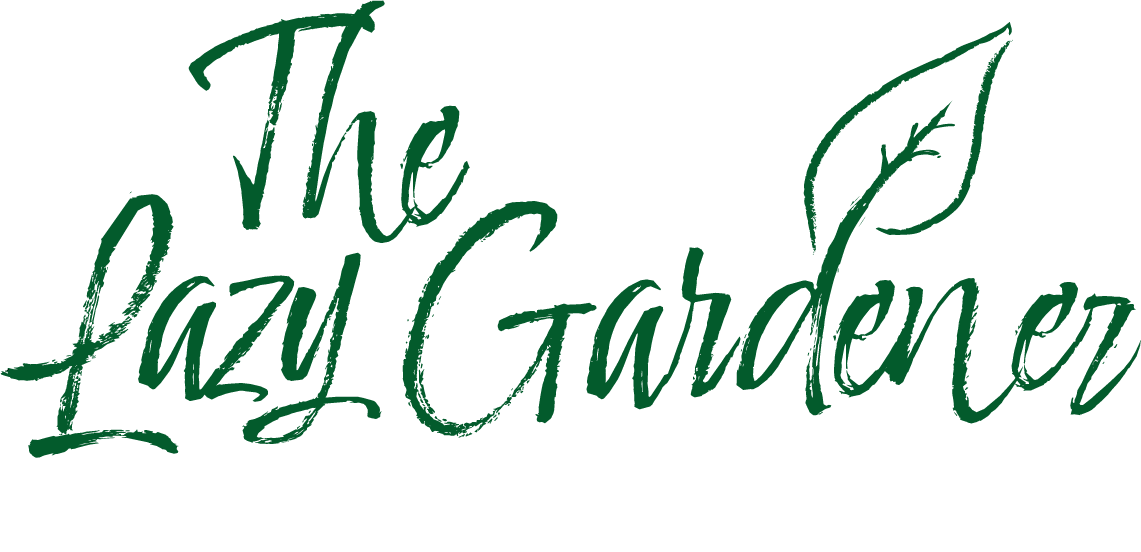By Catherine Wachs
A shrub planted too close to a walkway will be a constant maintenance chore.
As we age, we grow taller and wider (hopefully not too much!). So do our plants. Proper selection, placement and regular pruning are essential for keeping plants the size and shape we want them. If you buy a house and the previous owners never pruned their shrubs, these plants have probably outgrown their welcome. See Does your Garden Have Balls? Shrubs that grow 30’, like yews and hollies, can sometimes be renovated, but they will look like sad sticks for many years.
Here’s a list of plants that either remain small or are slow growing, so you get the maximum amount of time and enjoyment from your garden with the least amount of work!
P.J.M. Rhododendron is a slow growing, relatively compact hybrid of this spring blooming evergreen shrub. There are many varieties of P.J.M.s. Depending on the cultivar, most grow to about 3-6’ wide and tall. Flowers bloom in spring and come in shades of purple and pink. Leaves turn a lovely magenta brown in the fall. Most keep their leaves all winter. Does well in part or dappled shade. Rhodos prefer moist, acidic, well-drained soil. Their shallow roots must be kept mulched and the shrub should be protected from winter winds.
Boxwood (Buxus sempervirens) are versatile, slow growing evergreen shrubs. There are hundreds of varieties that grow in sun and shade. Most commonly used for hedging, boxwoods are easily shaped with hedge trimmers. American boxwood grows to about 15-20’ tall and wide. If you plant a 2’ baby, you will be well into old age before you see it get that big.
Littleleaf Boxwood (Buxus microphylla ‘Compacta’) is more compact, growing 8-10” tall in the first 15 years. All boxwoods are extremely slow growing and will keep the shape you determine for many years with regular maintenance. One downside of their popularity is the boxwood blight, which has been particularly devastating to American and English boxwoods. Korean boxwood has shown less susceptibility to blight- growing 2.5’ tall x 3 to 4’ wide. Compact inkberry (Ilex glabra compacta) is a good native substitute growing 3’ by 3’, but it’s larger cousins get leggy over time.
Dwarf Globe Blue Spruce (Picea pungens ‘Glauca Globosa’), with its evergreen, silvery blue foliage, is a stunner in the sunny landscape. While the non-dwarf form of this tree can grow to be 60-100’ tall, this deer-resistant, miniature cousin will only grow 3 to 5’ tall and 4-6’ wide with a rounded form.
Dwarf Alberta Spruce (Picea glauca ‘Conica’) is generally used as an accent plant, Slow growing from 6-8’ tall and 4-5’ wide, like all spruce, it has the added benefit of being distasteful to deer. This does well in northern Westchester in full sun. Hotter climes like the Sound Shore area are harder on these cold loving evergreens.
Little Lime Hydrangea (Hydrangea paniculata ‘Little Lime’) is a dwarf cultivar of the ‘Limelight’ Hydrangea. Little Lime is a deciduous shrub that grows no more than 3 to 5’ tall and wide. This particular hydrangea is summer blooming with whitish-green flowers that turn pink in the fall. It does well in sun and part shade.
A knowledgeable landscape designer will know the final size of the plants in her design, and will place them accordingly. The right plant in the right place will ensure your garden will grow full with low maintenance from you.


